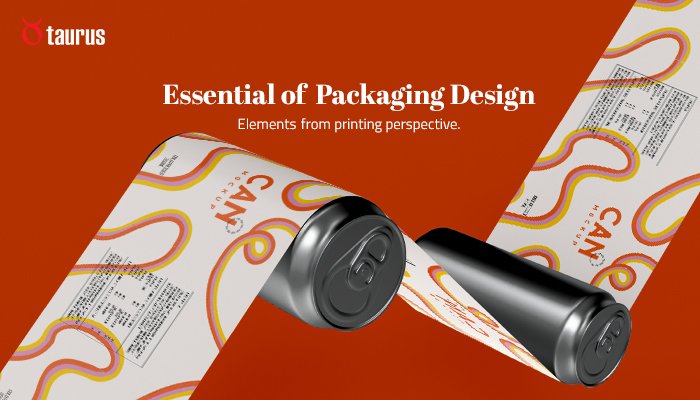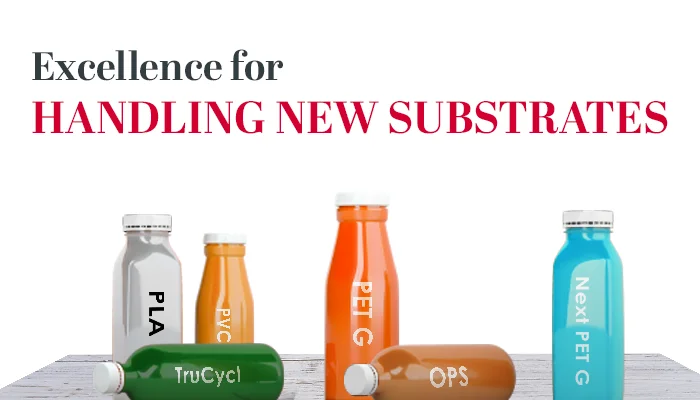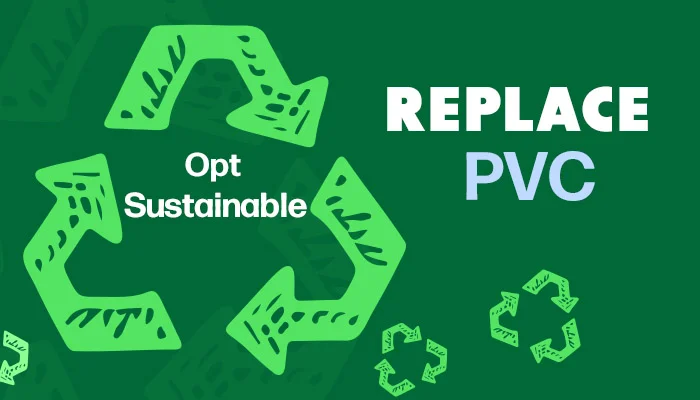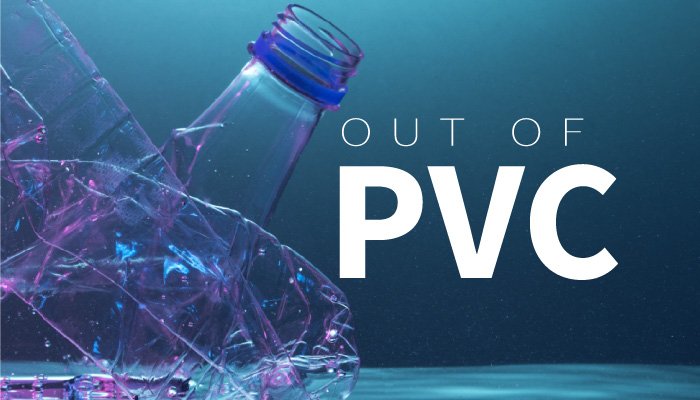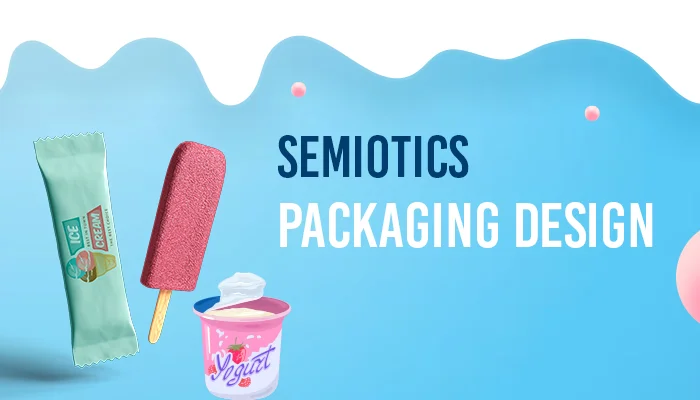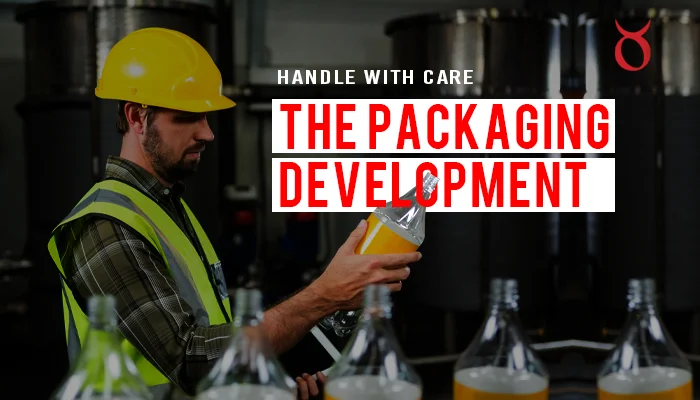Exploring Barriers to Packaging Innovation
Have you ever found your operations too complicated to implement any new innovation? Getting a new technology in existing well established system seems like a next to impossible task. Here’s an article that clears all your doubts regarding the blockage in packaging innovation.
In the sphere of technology and information we would hardly find anyone who would not acknowledge the importance of innovation, however many still turn a blind eye towards it and do not implement the innovative practices in their fields.
What is the main reason?
We have been discussing the innovations that have stirred the market. However, before every new innovation that saw the light of day, there have been few factors that have hindered its widespread/popularity. Here I’ll be discussing about “Barriers to Packaging Innovation”.
With 17 years of flexible packaging experience, I have observed that implementing innovation was not easy. It was tough to understand the situations and diverse market with reference to new technologies. I am an author and had been speaker at many packaging conferences like AWA, RESPack where I got opportunity to speak about innovations.
I have been fortunate to comprehend different market and technologies with diverse experience. It was always one thought of implementing new advancement in existing practices that has helped me going beyond the normal procedures. Let’s take them one by one and understand the points closely.
- Risk & uncertainty:Before taking any major decision in an organization, risk calculation is the first step. The risk engaged in, may affect their brand position, growth, industry status, consumers’ reaction and more.However, for most organizations, risk or uncertainty is an important criteria for the future growth of the organization. Hence choosing the state of the art innovation in the area of packaging, can make this risk worthwhile, contrary to the belief that it cannot. Not trying out new recycle friendly substrates which are supporting sustainability and can be used with existing machines and bottles. Like NEXT PET, TruCycl, Floatabel.
- Lack of resources / time, money & human capital:Startups, small, medium, and large organizations have their own ways of approaching innovation depending on their status. A new organization may not be as excited to adopt new innovations as the larger ones with more funds. Time, manpower, and resources are the other factors that decide how innovation will take shape.E.g. HIP Framework has revolutionized the printing packaging industry and specially helped startups by giving fast, customised packaging within budget.
- Focus on short-term results:Like most of the shortcuts one takes, opting for short-term goals sometimes deviates firms from bigger objectives. This proves why finding temporary solutions to major constraints will hamper innovation in a big way. For instance, various brands are scared to implement new features as they think that market is accepting their packaging as it is. Anything new might trigger the consumer rejection. This fear lead the delay and competitors take advantage by implementing new things.
- Lack of knowledge & understanding of details:In any tough situation, when we think of a solution which is innovative, a key factor that hinders practical application is the lack of knowledge about the subject and the use of technology. Clarity on the situation and possessing knowledge on the topic can push you halfway to embracing/adopt innovation effortlessly. Without these, one cannot move ahead in innovation. I have seen various upcoming brands do not opt for special features on their packaging as they think it is expensive and require more time to develop. Today now we can explore various features like soft, matt, sand, gloss, wet, UV, Gold or Silver foiled texture.
To conclude, the above points finally make innovations in packaging an expensive affair. When it comes to packaging, allocating funds for quality results may mean increasing your margins, however at the end of the day it’s worth it.
For above mentioned technologies, you can clear your doubts by asking us directly. Feel free to send us your query at info@tauruspackaging.com or give us call at +91 96674 00924.



